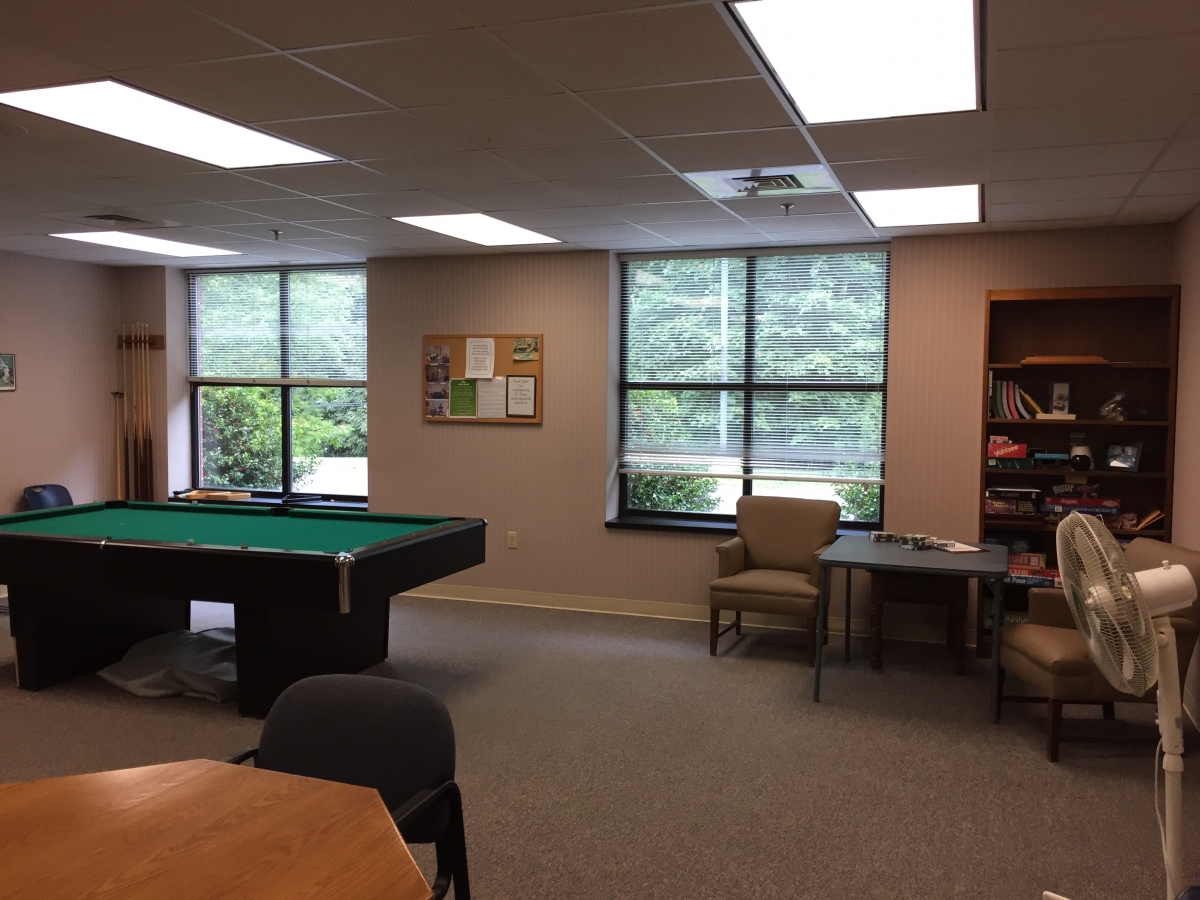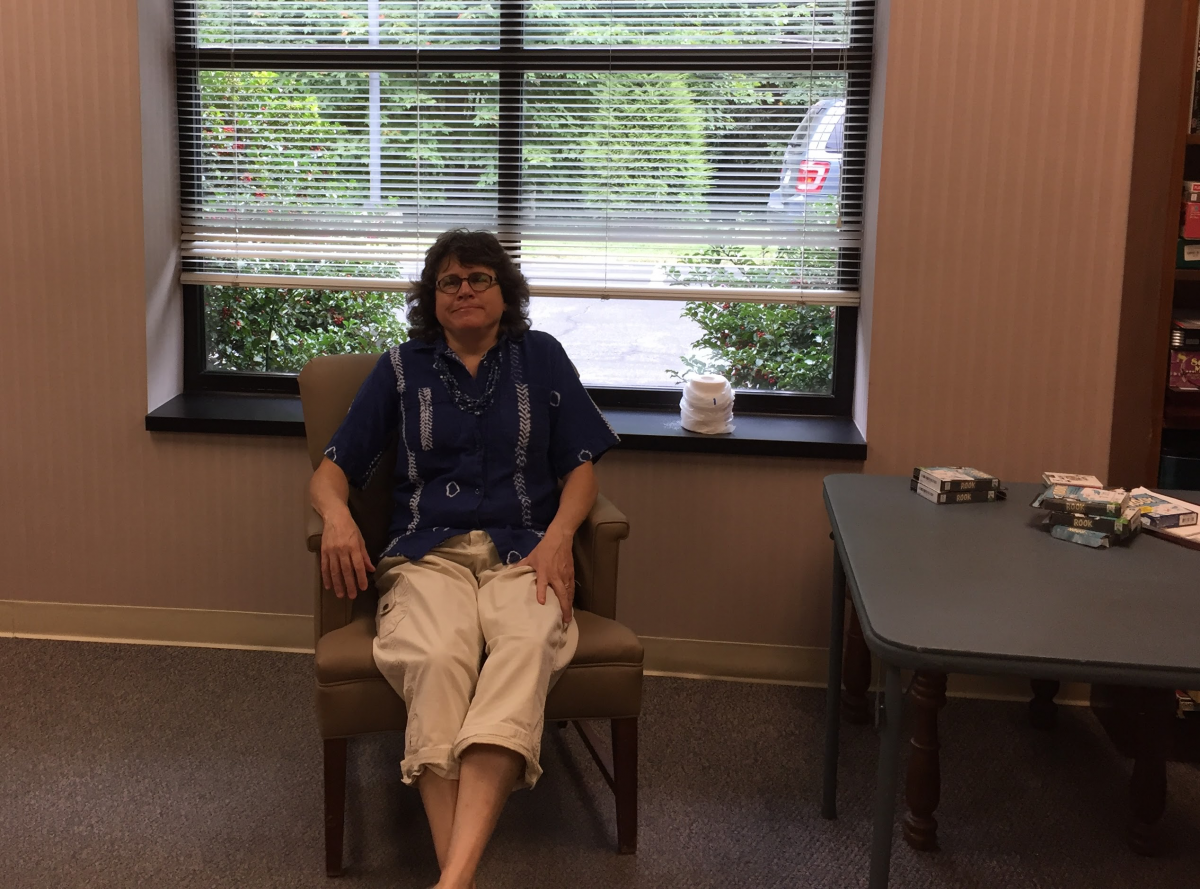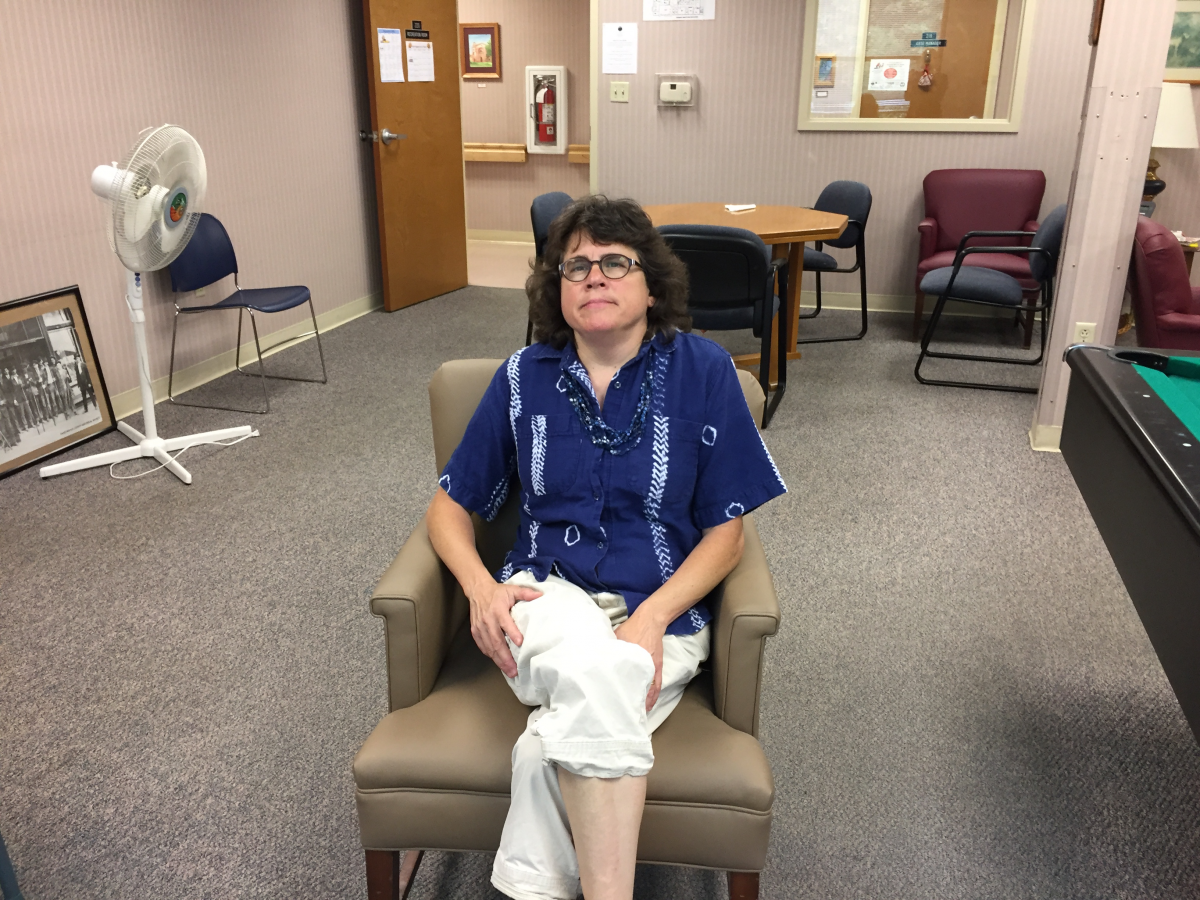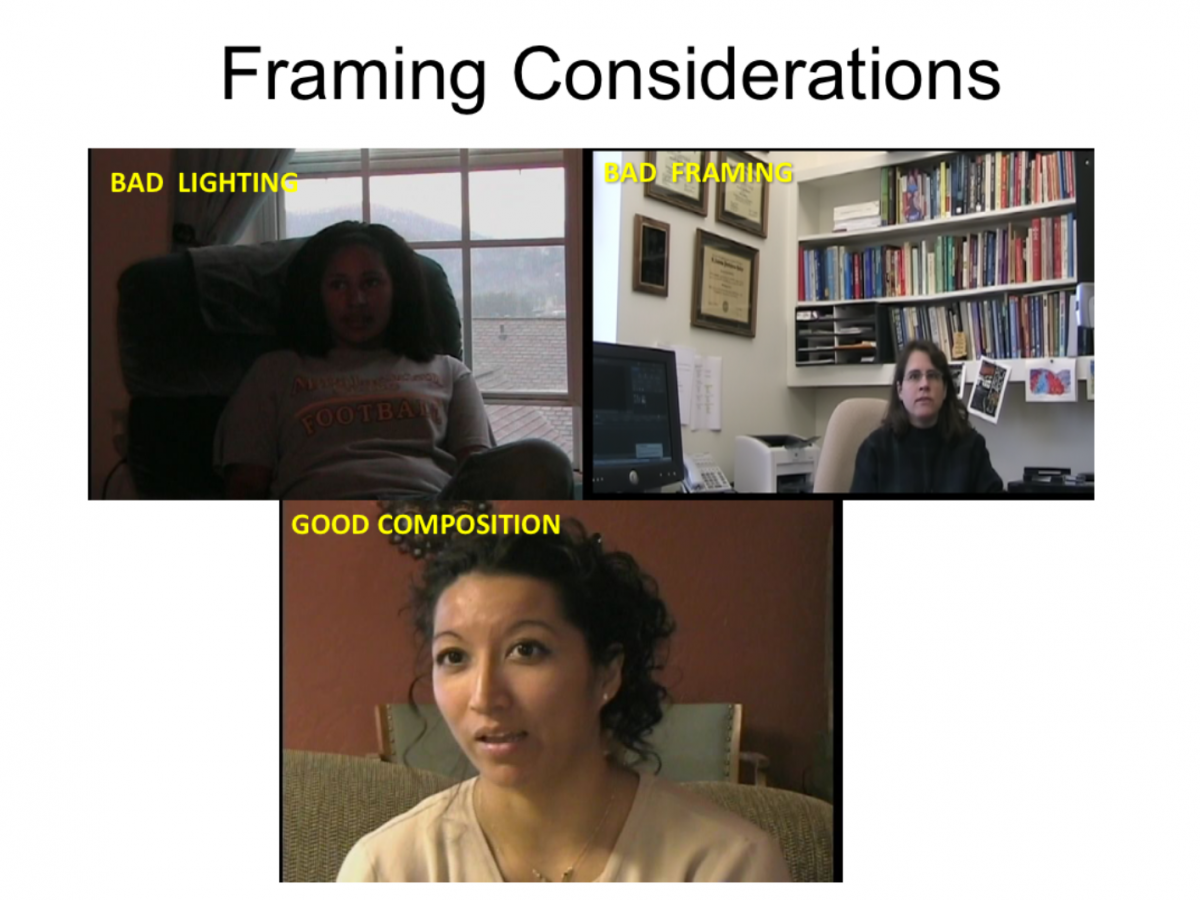Variety of Shot Angles
Using a variety of shot angles will make your production more interesting. In this video of the Flat Top (Cone) Manor on the Blue Ridge Parkway in Blowing Rock, you see how the estate and house are presented with a variety of shots and angles including some close ups of the architecture and some wide shots of the house sitting on the vast estate property.
Closeup, Medium, & Wide Shots
To see the difference between closeup, medium, and wide shots, click here.
Most people feel that closeup shots are more engaging and even adds story:
- Here is a medium shot action of opening a door.
- Here is a closeup shot of opening door action. Doesn't the angle build mystery and makes you wonder what's behind the door?
Light Source
Before you start recording video, consider your brightest light source. Put your subject in front of the brightest light source. In other words, don't film your subject with a window in the background.
For example, here is a room I was scoping out for an interview (notice the windows):

This is what NOT to do (sitting the subject with windows in back):

This is using the windows for lighting (sitting the subject in front of windows):

Basic Video Shooting Skills
Before you start working on your video, there are several things to think about when it comes time to shoot and edit your project. The following tutorial (from Penn State) covers these.
Editing with iMovie
The following tutorial (from Penn State) will show you how to backup and restore your iMovie project using cloud storage.
iPhone Photography
Here's how to enhance your smartphone footage:
Keep Camera Steady
Keep your camera steady. Use a tripod. Click here to see the difference a tripod makes for your viewing audience.
For those using a smartphone this summer without a tripod, try to:
- Spread your feet apart and hold your phone with both hands to keep steady
- Lean against something to keep steady
- Prop up your phone on an object to keep it steady
"Hold That Shot"
CLICK HERE to understand about "holding that shot" - Hold any video shot for at least 15 seconds. You'll thank yourself during edit. It takes a second for the camera to turn on and focus. You have been looking at the shot and it seems steady, but the camera is just waking up and needs at least 10-15 seconds for any shot
Framing Considerations
There is a reason expert interviews are often called talking heads. They are usually presented as a headshot from the bust up. The head should fill the frame. The most common mistake a see if students leaving too much head room. In so doing, your audience will be more engaged. They can more easily see facial expressions and feel they are taking part in the conversation.
